CDX-1 Owner’s Manual
02678356 ’01-10-A3-31N
Owner’s Manual
To resize thickness, move all items on the front cover to left or right
Before using this unit, carefully read the sections entitled: “USING THE UNIT
SAFELY” and “IMPORTANT NOTES” (Owner’s manual p. 2, 3, 9, 10). These
sections provide important information concerning the proper operation of
the unit. Additionally, in order to feel assured that you have gained a good
grasp of every feature provided by your new unit, Owner’s manual should be
read in its entirety. The manual should be saved and kept on hand as a
convenient reference.
Copyright © 2001 ROLAND CORPORATION
All rights reserved. No part of this publication may be reproduced in any form without the
written permission of ROLAND CORPORATION.
Roland Web Site: http://www.roland.co.jp/
* Microsoft and Windows are registered trademarks of Microsoft Corporation.
220
* All product names mentioned in this document are trademarks or registered trademarks of their respective owners.
Copyright
• Unauthorized recording, distribution, sale, lending, public performance, broadcasting, or the like, in whole or
in part, of a work (musical composition, video, broadcast, public performance, or the like) whose copyright is
held by a third party is prohibited by law.
•When exchanging audio signals through a digital connection with an external instrument, this unit can
perform recording without being subject to the restrictions of the Serial Copy Management System (SCMS).
This is because the unit is intended solely for musical production, and is designed not to be subject to restric-
tions as long as it is used to record works (such as your own compositions) that do not infringe on the
copyrights of others. (SCMS is a feature that prohibits second-generation and later copying through a digital
connection. It is built into MD recorders and other consumer digital-audio equipment as a copyright-
protection feature.)
• Do not use this unit for purposes that could infringe on a copyright held by a third party. Roland assumes no
responsibility whatsoever with regard to any infringements of third-party copyrights arising through your
use of this unit.
About the License Agreement
• The CDX-1 and its CD-R capability are designed to allow you to reproduce material to which you have
copyright, or material which the copyright owner has granted you permission to copy. Accordingly,
reproduction of Music CD or other copyrighted material without permission of the copyright owner avoiding
technical prohibiting features of second-generation and later copying like SCMS or others constitutes
copyright infringement and may incur penalties even in case such reproduction is for your own personal use
and enjoyment (private use). Consult a copyright specialist or special publications for more detailed
information on obtaining such permission from copyright holders.
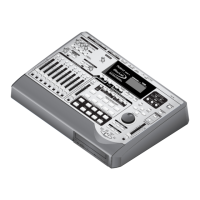

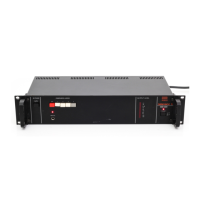
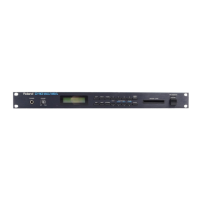
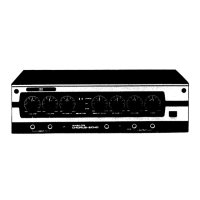
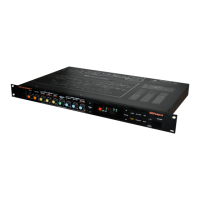


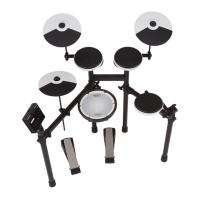

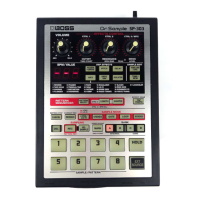
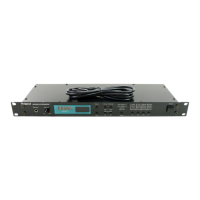

